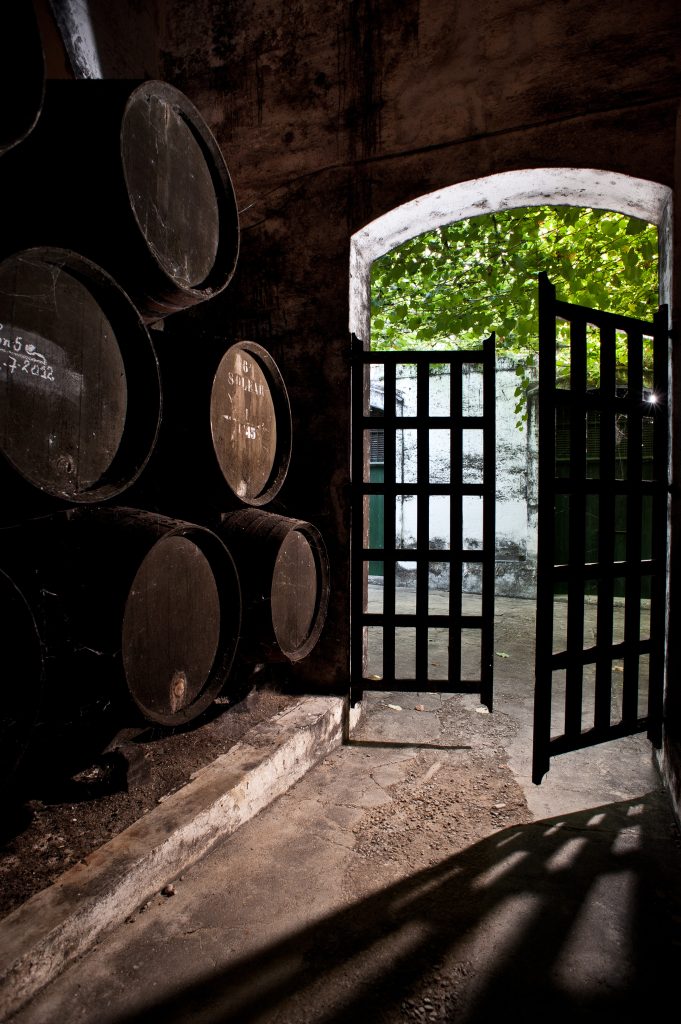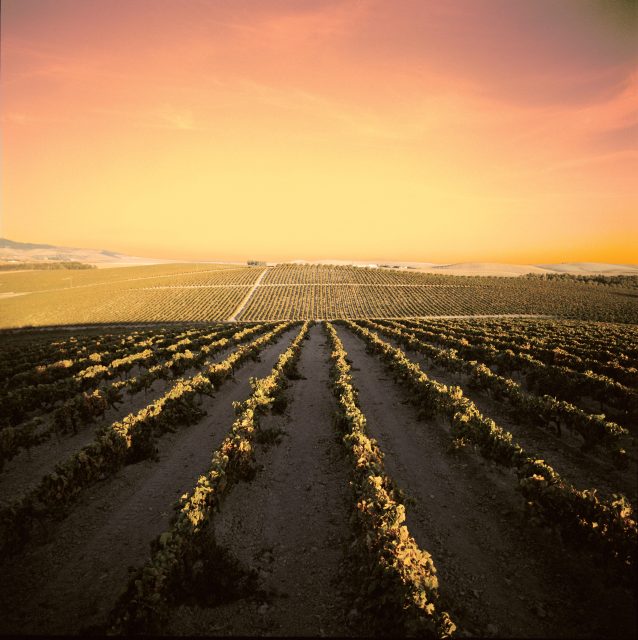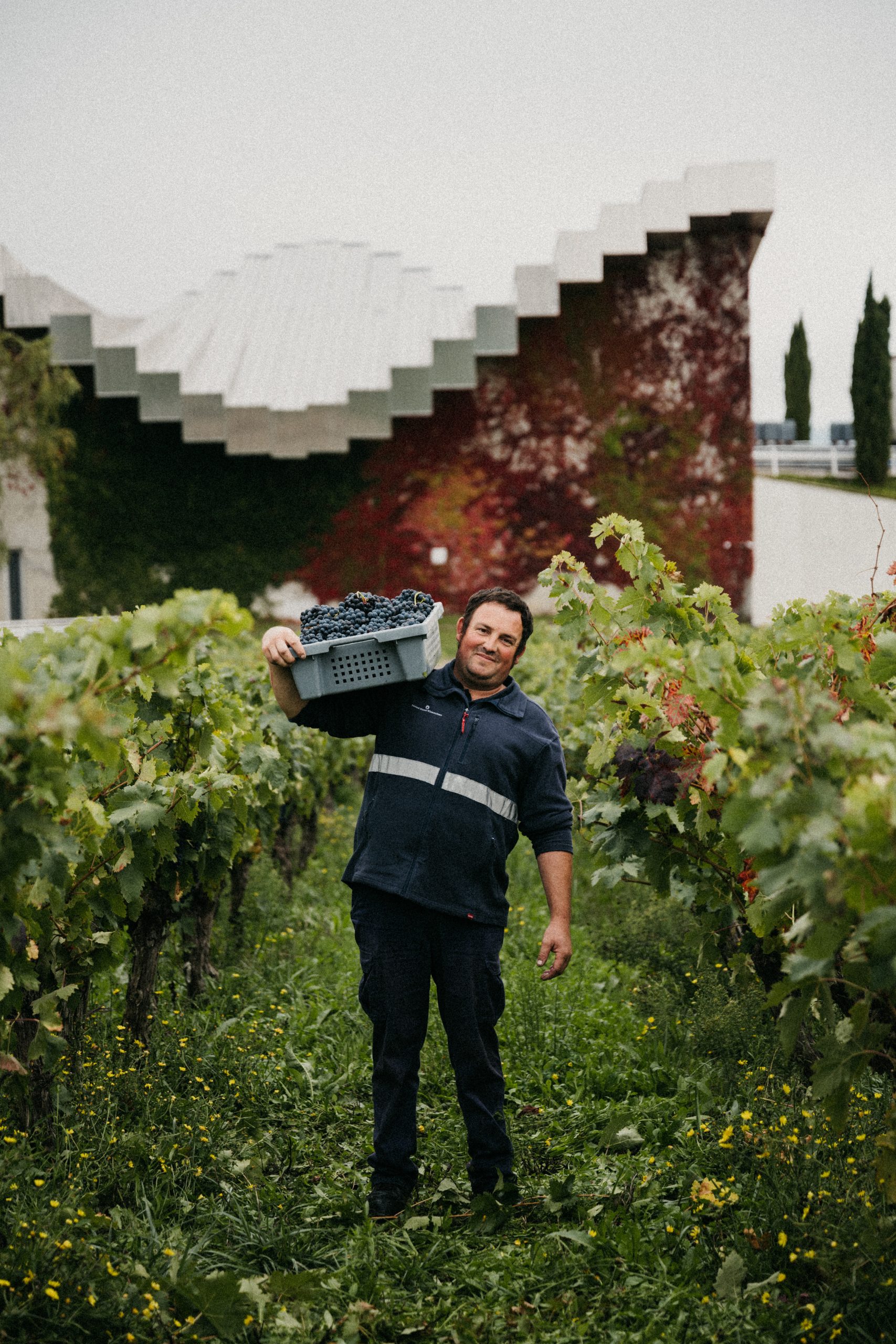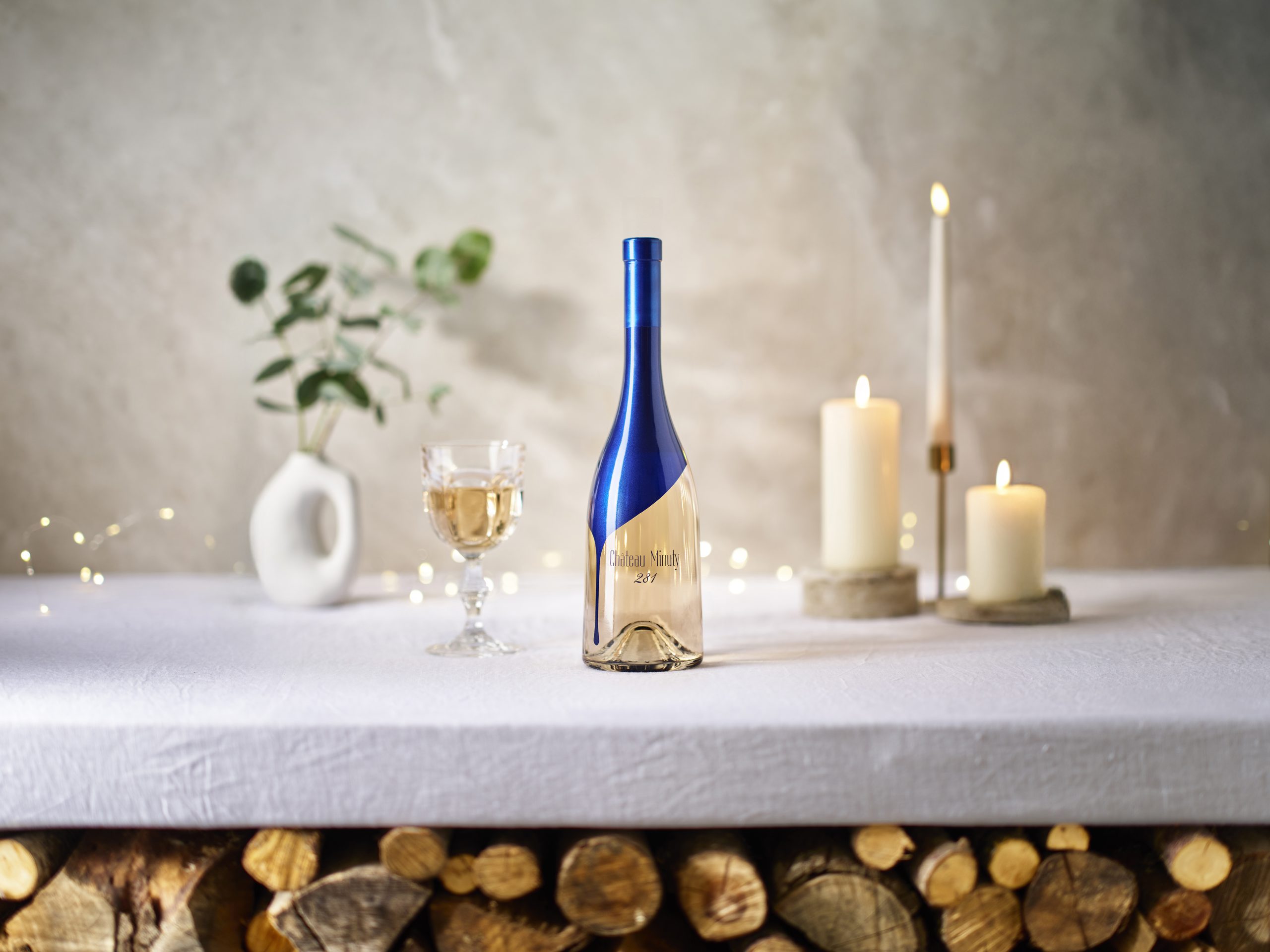Barbadillo, bodega terroir and the ‘sweet spot’ for Sherry
Sherry’s riches-to-rags history offers a cautionary tale, but today’s producers are increasingly focused on this great drink’s premium credentials – and perfecting the message for wine consumers. Richard Woodard reports.

Take a leisurely lunch in one of the excellent seafood restaurants along Sanlúcar de Barrameda’s Bajo de Guía and you’d be hard-pressed to believe that there’s anything much wrong with the world. Just upstream along the Guadalquivir river lies the aptly-named port of Bonanza, out of which Iberian explorers set out into the New World, their ships returning groaning with gold.
Sanlúcar is Sherry country – more specifically, manzanilla country – and home to Barbadillo, the family-owned bodega whose flagship product is Solear manzanilla. Given the size of the Solear sign overlooking the playa, you’re unlikely to forget it.
Few would argue that Sherry is one of the world’s greatest vinous creations, but many will also be aware that the past few decades have been less than kind to the wine, or the region. “If you went back to the 1960s, you would find a bottle of Harveys Bristol Cream, in terms of pricing, was up there with some of the better Bordeaux,” points out Tim Holt, area director at Barbadillo. “That all went horribly wrong through the late 1970s and, especially, the 1980s.”
Sherry died a near-death by 1,000 commoditising cuts: the takeover of Williams & Humbert by José María Ruiz-Mateos, spawning the vast Rumasa empire, followed by a greed-driven race to the bottom that all but killed the industry: wines shipped in from outside the area, rushing the soleras… in short, sacrificing quality for the sake of the top line.
“The Sherry producers didn’t have the mentality of raising prices to increase business and profitability,” says Holt. “Instead, it was all about volume – there’s a mindset here that’s all about volume, and that’s been hard to change.”
Alongside other quality-focused producers, Barbadillo has been an innovating force that has attempted to engineer that change. The company was the first to label an ‘en rama’ (unfiltered) manzanilla in 1999, introducing a concept that Barbadillo and others – most notably, González Byass – have since transformed into a byword for a certain level of Sherry quality.
Beyond its history, Sherry’s problem in terms of being taken seriously as a source of fine wine isn’t so much about the product as the communication. Ask Holt why Sherry hasn’t managed to emulate the example of Port – with its vintage declarations and long-aged tawnies – and he is quick to respond: “I think we are doing that.”
And he has a point. Barbadillo alone has a long list of high-end releases to its credit: Reliquia, the annual release of four eyewateringly intense and complex Sherries (amontillado, oloroso, palo cortado and Pedro Ximénez) that will set you back well over £300 for a half-bottle; single cask (bota uníca) San Roberto expressions that sit at around €100 per half – and Versos, a single cask amontillado bottled from a cask given to Don Manuel Barbadillo when he was born in 1891. With packaging more akin to a luxury Cognac or rare single malt, it’ll set you back a touch over £5,500 at Hedonism.
“Exactly the same thing is happening here as with Port,” Holt insists. “People are becoming aware of the value of these really old Sherries. The single cask San Roberto Sherries came from three casks that for some reason got detached from the fifth criadera of Solear many years ago. We came across these three old casks of amontillado and palo cortado. Traditionally, back in the day, they would have just reblended them into one of their brands to improve the quality. Instead, we did a single cask bottling.”

These high-end expressions are designed to lend Barbadillo’s entire production that fabled ‘halo effect’. As Holt says: “If you’ve got something like that on the market, it will add value and we’ll be seen in a different light.”
But the quantities are mostly tiny, and the prices high. Is there a sweet spot for quality Sherry? “I think there is,” Holt asserts. “In terms of where we see demand and people prepared to pay a premium price, the Criadera Selection is exactly that.”
Launched this year, Barbadillo’s Criadera Selection comprises an amontillado, an oloroso and a palo cortado, all bottled en rama after about seven years of ageing, and priced in the UK around the £20 mark for a 75cl bottle.
Partner Content
The new range – which has entailed some head-scratching in terms of inventory planning – was constructed after conversations with customers about price points and quality levels. It is designed to fill the gap between the company’s entry-level products and age statements (12, 15, 20 and 30 years).
“It was created thinking about that sweet spot that we didn’t really have covered,” says Holt. “We reckoned there was quite a big gap, and we should fill it – and that’s what we did.”
He adds that the early response has been “very positive” in main target markets the US and the UK – the latter after a slow start – with wine merchants and independent retailers the main targets.
The intricacies of Sherry bodegas are a pet subject for Holt. At a time when Sherry is keener than ever to trumpet its terroir, he takes a slightly different view. “Terroir is being talked about a lot, and probably exaggerated in many ways because of the whole solera process and the idea of consistency in the wine,” he suggests. But bodega terroir? Now you’re talking.
“In Sanlúcar, the influence of the temperature and humidity is huge,” adds Montse Molina, the chief winemaker who has been with Barbadillo since 1997. The idea is that Sanlúcar’s greater humidity (versus Jerez) promotes more flor activity, in turn giving the wine more smoothness.
“To make it simple, the fino [from Jerez] has much more of an almond character – not so much yeast, olive oil, dried white flowers,” Molina adds. “Fino is narrow; manzanilla is round in the mouth.”
Holt narrows this focus from a regional to a bodega perspective. Barbadillo’s Arboledilla Poniente and Levante are a pair of manzanillas, aged for five to six years, that explore the different properties contained within a single building. One side is influenced by the poniente – the humid and cool west wind – while the other owes its character to the prevailing levante – the hotter, drier east wind.
“It’s this idea of bodega terroir, rather than vineyard terroir,” says Holt. “If I can have these differences inside one building, you can imagine how great the differences are with Jerez. We want to tell that story somehow.”
Talk of ‘bodega terroir’ leads almost inevitably to discussion of the solera – the remarkable and, to most people in the outside world, frankly baffling system of ageing and fractional blending that lies at the heart of the vast majority of Sherry.
This is unashamedly geeky territory, and Holt is wary of wading too deeply into it for anyone but the hardened Sherry enthusiast. Better, he believes, to keep the message to most consumers fairly simple. After all, explaining the roles of flor and bodega terroir are enough to be going on with.
“I don’t think we need to go into the solera system at all when we’re doing most tastings,” Holt says, before offering a neat analogy: “After all, if you want to show off your Ferrari, you don’t have to explain how the cylinders or fuel injection works.”
Barbadillo’s Sherries are distributed in the UK by Fells:
Related news
Castel Group leadership coup escalates
For the twelfth day of Christmas...
Zuccardi Valle de Uco: textured, unique and revolutionary wines




